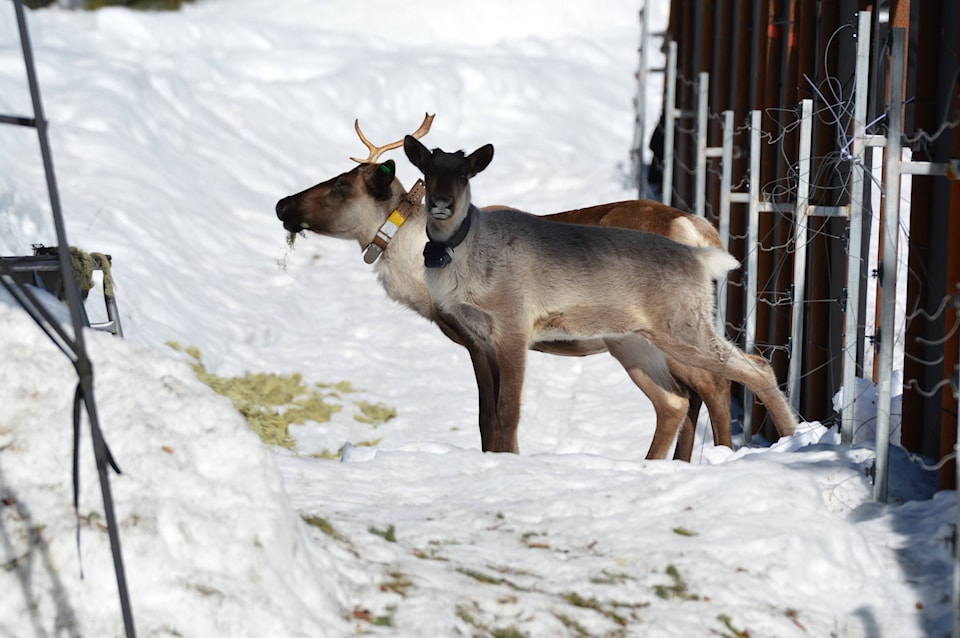Dear editor,
The last Caribou Recovery Plan of 2007 was undertaken as most herds were declining, although 40 per cent of core habitat was already protected in our Revelstoke Shuswap Planning Unit.
In the 2007 plan, the province chose the “assisted long term self sustaining” recovery option for our Planning Unit, which their Science Team said would require the protection of 34,000 ha. The province did not to listen to science and chose to protect 10,000 ha instead for socio-economic reasons. This catapulted us down to the “maintain with resilience” option.
The “assisted long term self sustaining option” infers the need for short term predator prey control until the habitat grows back, while “maintain with resilience” means predator prey control will be required indefinitely.
Then the province counted 2,600 ha from a former land use plan toward the 10,000 ha. That left 7,400 ha protected in our vast Planning Unit from Highway 1 at Reveslstoke, north to Kinbasket Lake above Mica Dam, west to past Salmon Arm, but only relevant to this Recovery Plan as far as Sicamous, and east to Glacier National Park.
Then in 2011, a Biodiversity Amendment from the Revelstoke Higher Level Land Use Plan was invoked. This amendment allowed timber licensees to be compensated for any caribou protection if there was any reduction in their timber supply. So, the licensees were given 7,042 ha of Old Growth Management Areas to log in compensation, leaving about 300 ha of protection. This would put our Planning Unit in the “status quo” option of the 2007 Recovery Plan which means written off.
This is actually a description of the current situation, the context in which the Section 11 Agreement between B.C. and Canada is being negotiated. The problem is that the 10,000 ha is still there on the books as if it exists. This myth is one thing we dispelled in our Section 80 application.
There are three aspects to recovery actions for caribou: recreation i.e. snowmobiling, skiing and heli-cat skiing, predator/prey control, and habitat protection/restoration. The last is the most foundational without which the other two will not work.
Currently, there are three herds in our Revelstoke Planning Unit: the Frisby Boulder Queest Herd which has probably under 10 animals, the Columbia South Herd which has under 10 animals and the Columbia North Herd which had 147 animals as of last spring. The numbers for this herd seem to have levelled off since a massive predator prey control was undertaken. However, in the absence of habitat protection, this culling of moose, wolves, white tailed deer and now cougar will have to continue indefinitely and will not succeed in the long term.
A Section 80 Application was undertaken under the Federal Species at Risk Act by environmentalists requesting a stop order on logging in mountain caribou critical habitat, particularly old growth critical habitat which is essential for this endangered species. Neither caribou nor old growth forest can be brought back once they’re gone.
-Virginia Thompson, Revelstoke
